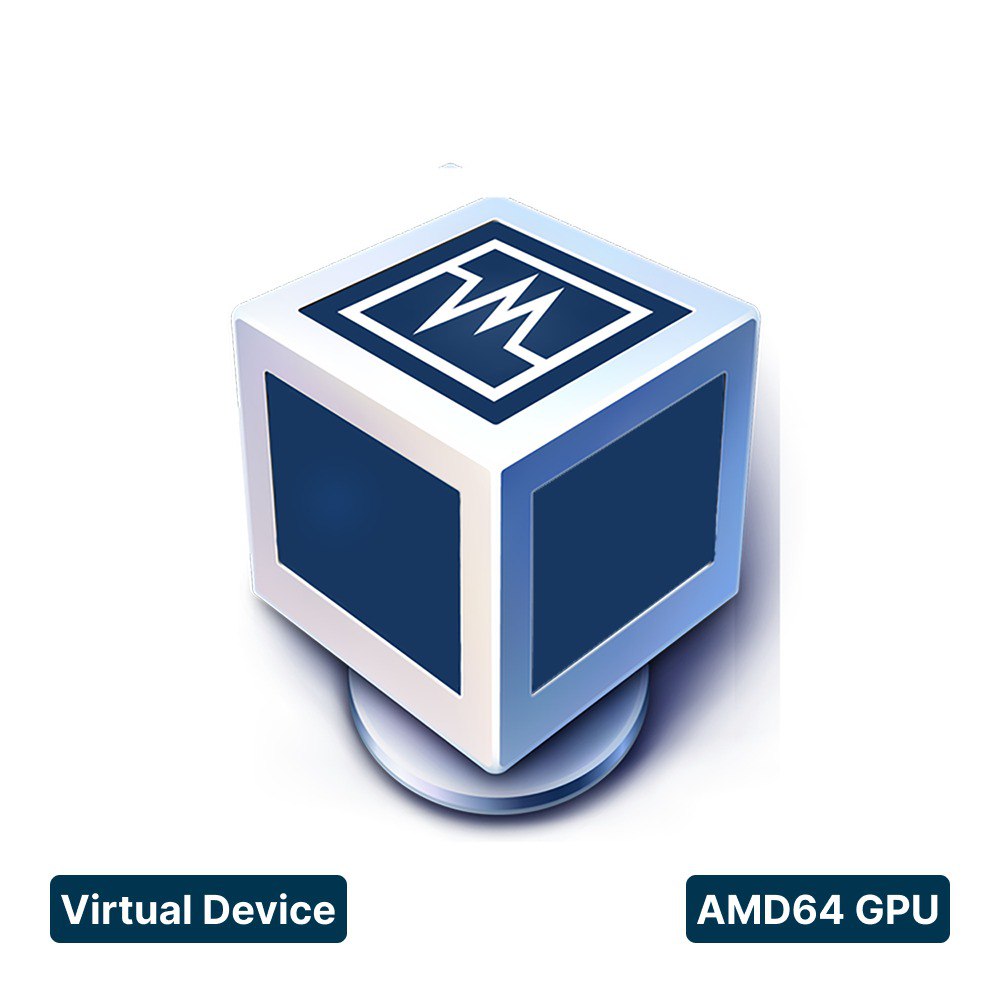The Emergence of Edge AI. A Game changer for Industries
Gartner's Emerging Technologies and Trends Impact Radar shows IT leaders where to capitalize on market opportunities. Its latest feature for 2023 points to EDGE AI as the next breakthrough technology. With the growing demand for real-time AI solutions and the need for decentralized data processing, AI at the Edge has been positioned as a critical technology this year.
The ultimate explosion of Artificial Intelligence in Industry
Supply chain challenges, labor shortages and economic uncertainty have caused companies to re-evaluate their budgets for new technologies. For many organizations, Artificial Intelligence (AI) is the answer to much of their problems, bringing greater efficiency, differentiation, automation and cost reduction. Until now, AI has been limited almost exclusively to the cloud. But the continued increase in data from all types of sensors and machines at the Edge and the growing requirement for real-time inferences has led to the need to move that intelligence to the source of the data itself.

For large infrastructures, industrial facilities and large distributed enterprises in the retail world, AI brings advanced efficiency, automation and even cost reduction, which is why Edge AI adoption did accelerate in 2022. While for this coming 2023, the industry expects a more challenging environment, which will drive the next generation of AI applications at the Edge.
The advancement of Artificial Intelligence to the Edge
According to Markets andMarkets Research, the global AI Edge software market will grow from $590 million in 2020 to $1.83 billion in 2026. Until recently, AI was limited to proof of concept or experimentation. However, according to IBM's 2022 Global AI Adoption Index report, 35% of companies are already using AI in their business, while an additional 42% are exploring it.
Every day more new Edge AI use cases emerge that help improve efficiency and reduce costs across all industries, making this technology a magnet for IT investments. For instance water treatment plants are used to spending hundreds of thousands of dollars on fines, per year due to excessive chemical treatment in plants. Now with AI models at the the Edge, companies such as Acciona are able to predict chemical levels in their water supply based on real-time variables saving up to €250,000 a year per every water station.
Model and hardware optimization as a trigger for Deep Learning
Deep learning is an artificial intelligence technique that enables systems to learn from data and perform complex tasks, such as pattern detection or object classification.
Enabling deep learning in low-power IoT devices has until now been, the biggest challenge for Industry due to limitations in storage and computational power on such devices.
Now, Edge AI models are "lightweight" enough. enabling new innovative use cases, which occur naturally in almost every industry. Deep learning models require large amounts of data to be trained and refined. In this way, results can be improved and the accuracy of AI can be increased in real time.
Operational autonomy, the last mile of Edge AI
The use of intelligent machines and autonomous robots has often been seen as a distant Edge AI use case. However, their deployment is becoming increasingly common: from automated distribution facilities, spill detections, leaks or stock-outs, to robotic arms working alongside humans on production lines.

Barbara, the Edge AI Platform for critical industries
Edge AI is becoming instrumental for organizations looking to take full advantage of AI , the Internet of Things (IoT) and other edge-oriented technologies. With the explosion of connected devices and the need for real-time data processing, it is no longer practical to send all data to a centralized data centre. An Edge Platform is necessary to orchestrate this infrastructure as it provides the ability to manage and control the edge devices, applications, and data, while also providing security, scalability and flexibility.
Barbara is focused on deploying and running real-time AI Models in Edge devices for critical processes. It helps organizations accelerate their Edge App deployments, building, orchestrating and maintaining container-based or native applications across thousands of distributed edge nodes.
- Real-time data processing: Barbara allows for real-time data processing at the edge, which can lead to improved operational efficiency and cost savings. By processing data at the edge, organizations can reduce the amount of data that needs to be transmitted to the cloud, resulting in faster response times and reduced latency.
- Improved scalability: Barbara provides the ability to scale up or down depending on the organization´s needs which can be beneficial for industrial processes that have varying levels of demand.
- Enhanced security: Barbara offers robust security features to ensure that data is protected at all times. This is especially important for industrial processes that deal with sensitive information.
- Flexibility: Barbara is a flexible platform that can be customized to meet the specific needs of an organization. This allows organizations to tailor the platform to their specific use case, which can lead to improved efficiency and cost savings.
- Remote management: Barbara allows for remote management and control of edge devices, applications and data, enabling organizations to manage their infrastructure from a centralized location.
- Integration: Barbara can integrate with existing systems and platforms, allowing organizations to leverage their existing investments and improve efficiency.
.png)
Want to stay ahead of the curve in Edge AI?
Replay the event about best practices in implementing Machine Learning (#ML) at the Edge, from optimization, and deployment to monitoring with OWKIN, APHERIS, MODZY, PICSELLIA, SELDON, HPE, NVIDIA and BARBARA. Learn how to:
🔒 Enhance Data Access, Security and Privacy through Federated Learning
💪 The tools, systems and structures you need to put in place for real-time AI
🚀 Improve model performance for Computer Vision
⚙️ Run successful Machine Learning Model Inference
💡 Optimize ML models for edge devices
🔒 Secure your ML models in the edge










